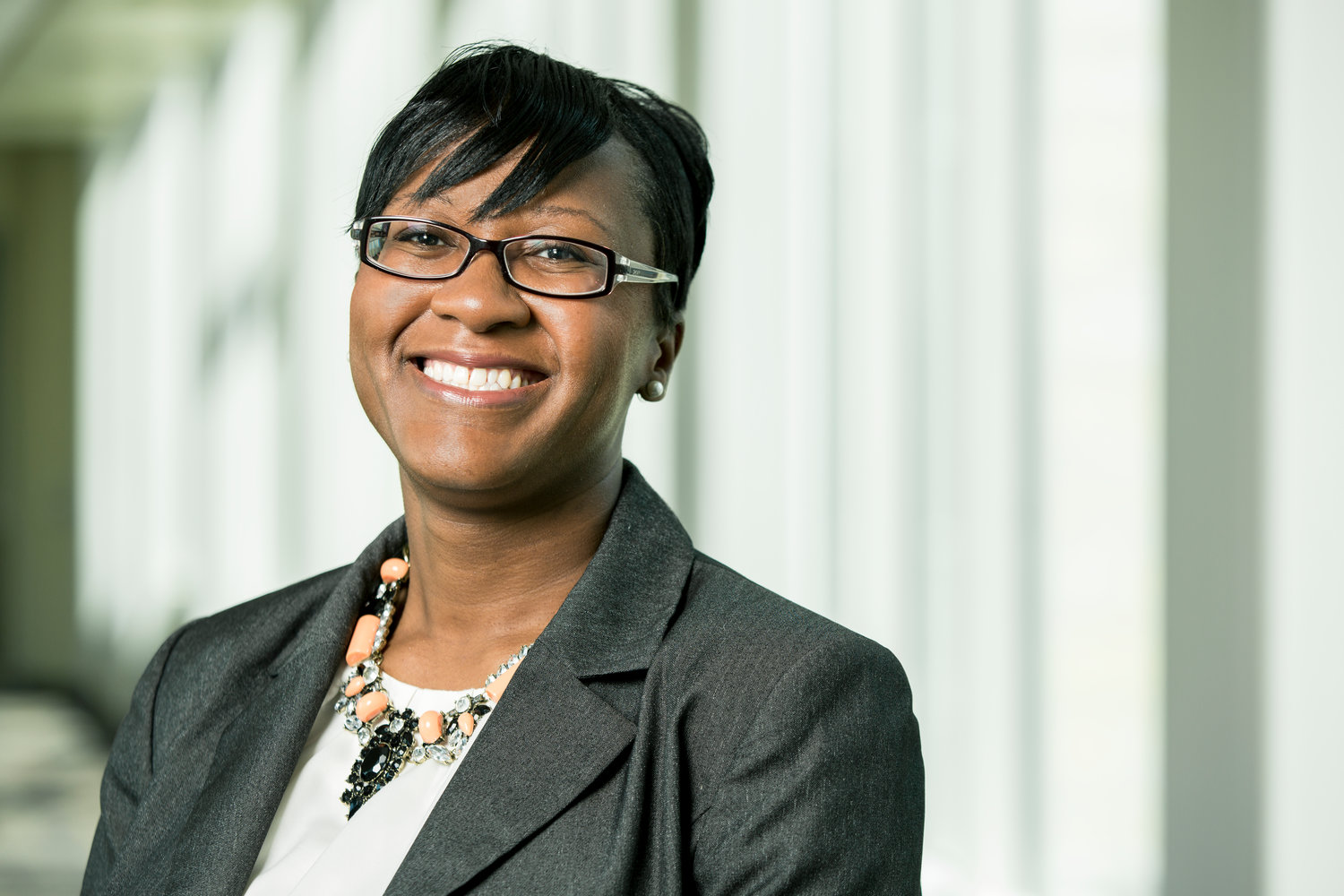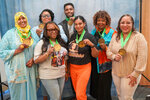
Artika Tyner
Mark Brown
By Dr. Artika Tyner, dr.artikatyner@gmail.com
I am sharing exciting news about Karen Sieber, historian, educator, and leader in public humanities this month. She has discovered a missing chapter in Minnesota’s history about our state’s connection to the Underground Railroad.
Q: You recently uncovered evidence that noted Underground Railroad leader Moses Dickson (1824–1901) was living in Saint Paul in the 1850s. Why is this significant?
Sieber: This discovery impacts our understanding of Black history at both the local and national levels, as no one had ever located the radical Black abolitionist this far North before. Moses Dickson (1824–1901) was the leader of the Knights of Liberty and the Order of Twelve, two secret societies whose members reportedly led countless formerly enslaved individuals to freedom via the Underground Railroad. Dickson was also reportedly behind one of the largest planned (but halted) slave uprisings in U.S. history. Following the Civil War, he helped found the HBCU Lincoln University, organized Black fraternal organizations and aid groups, opened Prince Hall Masons temples, dabbled in Reconstruction Era politics, preached in the African Methodist Episcopal Church, and aided Exodusters moving West. There has always been a gap in Dickson’s known whereabouts in the 1850s though, and the only existing details about his life pre-Civil War stem from his own self-curated accounts.
After years of searching further down the Mississippi River, I located Moses and his wife Mary living in Saint Paul during that missing decade. Dickson’s community here in Saint Paul included many Black abolitionists from the couple’s earlier years in Galena, Ill., including William Taylor, Joseph Farr, and James Highwarden (sometimes Hyawadin). The Dicksons ran an eating saloon, while Moses also worked as a barber and periodically on steamships, providing him with easy covers for their operations. Dickson was also the first educator for Black students in Saint Paul. His years here in Saint Paul pre-statehood coincided with what were known to be his most active years organizing people to freedom along the Underground Railroad. This helps us rethink Minnesota’s role in the Black freedom seeking experience, and provides new routes and stories for students to learn about in the curriculum about the Underground Railroad.
Q: How does this story connect to what is already known about Saint Paul’s Black history, like the story of Pilgrim Baptist Church, Rondo, or the Justus Ramsey House?
Sieber: Dickson was operating here in Minnesota about 10-15 years before Rev. Robert Hickman and others arrived in Saint Paul in 1863, later forming Pilgrim Baptist Church. The original church, as well as the neighborhood that Dickson and other Black leaders were operating out of, were originally further downtown in Lowertown. The community was pushed further northwest into what would become the foundations of Rondo. Dickson remained connected to Farr and others in Saint Paul. He came back to open the Pioneer Lodge No. 1, a Prince Hall Masons chapter which still exists today with connections to Rondo. Although no direct link has yet been made to the Justus Ramsey House, Dickson had known connections to the Ramseys, Dodges, and other territorial leadership. Most of the house’s Black history is from later decades, and connected to Pullman Porters, but collectively with Dickson’s story and the role of the river tell a larger story of Black opportunity, transportation, and organizing networks over time.
Q: As we prepare to celebrate Juneteenth, what do we know about Dickson’s personal thoughts on freedom?
Sieber: My favorite discovery so far into Dickson’s previously unknown time in the north was a letter he wrote to the Minnesota Weekly Times on March 28, 1857, following the final Dred Scott decision. A portion of the letter, which calls out the hypocrisy of the Supreme Court, reads:
“I cannot help asking you if you have ever read a genuine copy of the American Declaration of Independence? ... In what have I offended that this injustice should be heaped upon me and mine? Is it because I love my country less than you? No! For you have all the advantages of education and refinement that society can furnish, and are eligible to any office at the gift of the People, your affection for your native land is only enough to put her in chains; while I, though depressed and downtrodden by my country ever since I saw the light of day, loves her still.... What kind of institution is a negro? Who am I? I am not an alien, for I was born on American soil. I am not a citizen, for you and your subordinates, the five slaveholders, say I am not. I am a thing. I live, breathe, eat, work, think, die, and if I have a soul–does it go before the eternal judge? Or does the Supreme Court take care of that, too?”
Yours, an Alien American,
MOSES DICKSON
The Finding Moses Initiative aims to:
1. Connect researchers doing research into the Black experience in the Midwest in the 1800s.
2. Build a comprehensive database of names, places, and resources associated with Moses Dickson. This includes those in his political, religious, abolitionist, and fraternal organization networks.
3. Create an interactive map, timeline, lesson plans, and other resources that highlight the movements, networks, and stories of the Midwest freedom movement.
4. Nominate additional Network to Freedom sites in the Midwest to better highlight our region’s role in the Underground Railroad and the long civil rights movement locally.
5. Increase public awareness of Moses Dickson and others working in the freedom movement in the Midwest.
Through her organization, Planting People Growing Justice Leadership Institute, Dr. Artika Tyner seeks to plant seeds of social change through education, training, and community outreach.




Comments
No comments on this item Please log in to comment by clicking here